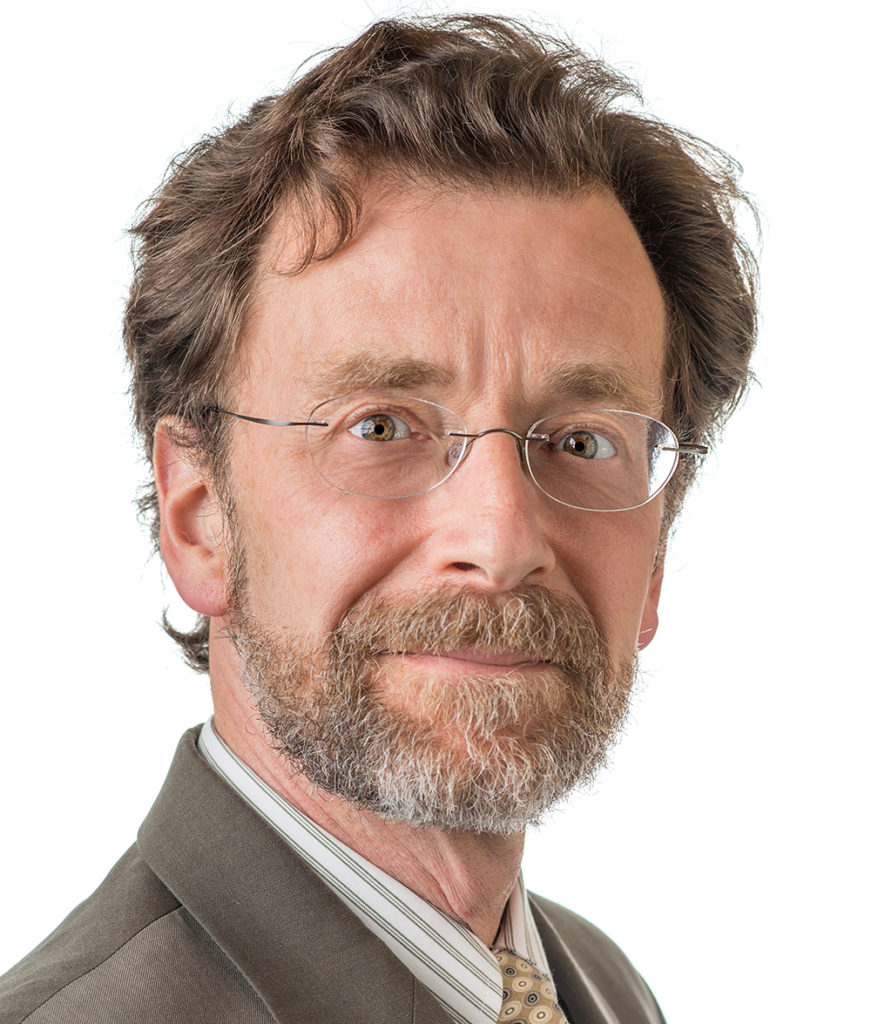
Northwestern Medicine investigators have identified new molecular details regarding how white blood cells move across the walls of microvessels during inflammation, revealing new potential molecular targets for treating the condition, according to a new study published in the journal Immunity.
Chronic inflammatory diseases are the most significant cause of death in the world, according to the World Health Organization (WHO), which ranks chronic diseases as the greatest current threat to human health. Inflammation is a key component of many of those diseases, including asthma, heart disorders and obesity, and the number of people experiencing a disease associated with chronic inflammation is expected to increase in the U.S. over the next several decades.
Diapedesis, the passing of blood cells across the walls of the microvasculature, is a hallmark of inflammation that is not currently well understood, said William A. Muller, MD, PhD, the Janardan K. Reddy, MD Professor of Pathology and senior author of the study.
“Most diseases are due to inflammation that’s in the wrong place at the wrong time, or is out of control,” said Muller, who is also a member of the Robert H. Lurie Comprehensive Cancer Center and the Center for Human Immunobiology of Northwestern University. “Evolutionarily, inflammation is a good thing because it heals wounds and keeps us free of bacteria, but now that we have evolved to the point where we’re no longer dying of infectious diseases, we’re living long enough to see the parts of inflammation that have never been selected out in nature. All the good, the bad, and the ugly of inflammation takes place after white blood cells, or leukocytes, cross out of the bloodstream into the tissues.”
In the current study, Muller and his collaborators used fluorescence lifetime imaging microscopy to track white blood cells in cultured tissues as they interacted with platelet endothelial cell adhesion molecule 1, or PECAM-1, a molecule known to be involved in the migration of blood cells through capillary walls.
The white blood cells used physical traction to “pull” on PECAM-1 and initiate the migration, according to the study.
The force applied to PECAM-1 activated a series of other molecules, including vascular endothelial growth factor receptor 2 (VEGFR2), according to the study.
To test whether VEGFR2 was essential for the migration process, the investigators then bred mice that lacked VEGFR2 in adult endothelial cells and found that the absence of VEGFR2 significantly reduced diapedesis, and therefore inflammation.
The findings add to our understanding of diapedesis and provide new potential targets for controlling inflammation, Muller said.
“The significance of these findings is twofold: One is that it shows that the physical force of the PECAM on endothelial cells is what initiates transmigration,” Muller said. “And the second is that VEGFR2 had never been suggested to be involved in transmigration before. This gives us another molecular target for hopefully blocking inflammation.”
Future work in the Muller lab will focus on understanding the other key molecular players involved in diapedesis and identifying inhibitors for inflammatory processes, Muller said.
“Blocking diapedesis by targeting these processes that occur uniquely within the endothelial cells during transmigration only blocks leukocyte recruitment by 80 to 90 percent. However, that may be a good thing. These interventions have no effect on our body’s ability to sense or respond to new inflammatory insults — or for the 10 to 20 percent of leukocytes that do transmigrate to perform their necessary functions. In people with normal white blood cell counts, this fraction is probably enough to keep us healthy,” Muller said.
This approach would still allow the body to fight bacteria and heal wounds, but could potentially reduce the symptoms of conditions such as inflammatory bowel disease or psoriasis, Muller said.
Tao Fu, MD, PhD, research assistant professor of Pathology, and David Sullivan, PhD, research associate professor of Pathology, were co-authors of the study.
The study was supported by the Sidney & Bess Eisenberg Memorial Fund and by National Institutes of Health grants F31 HL131355, F30 HL134202, R01 HL064774, R01 HL046849 and R35 HL155652.






